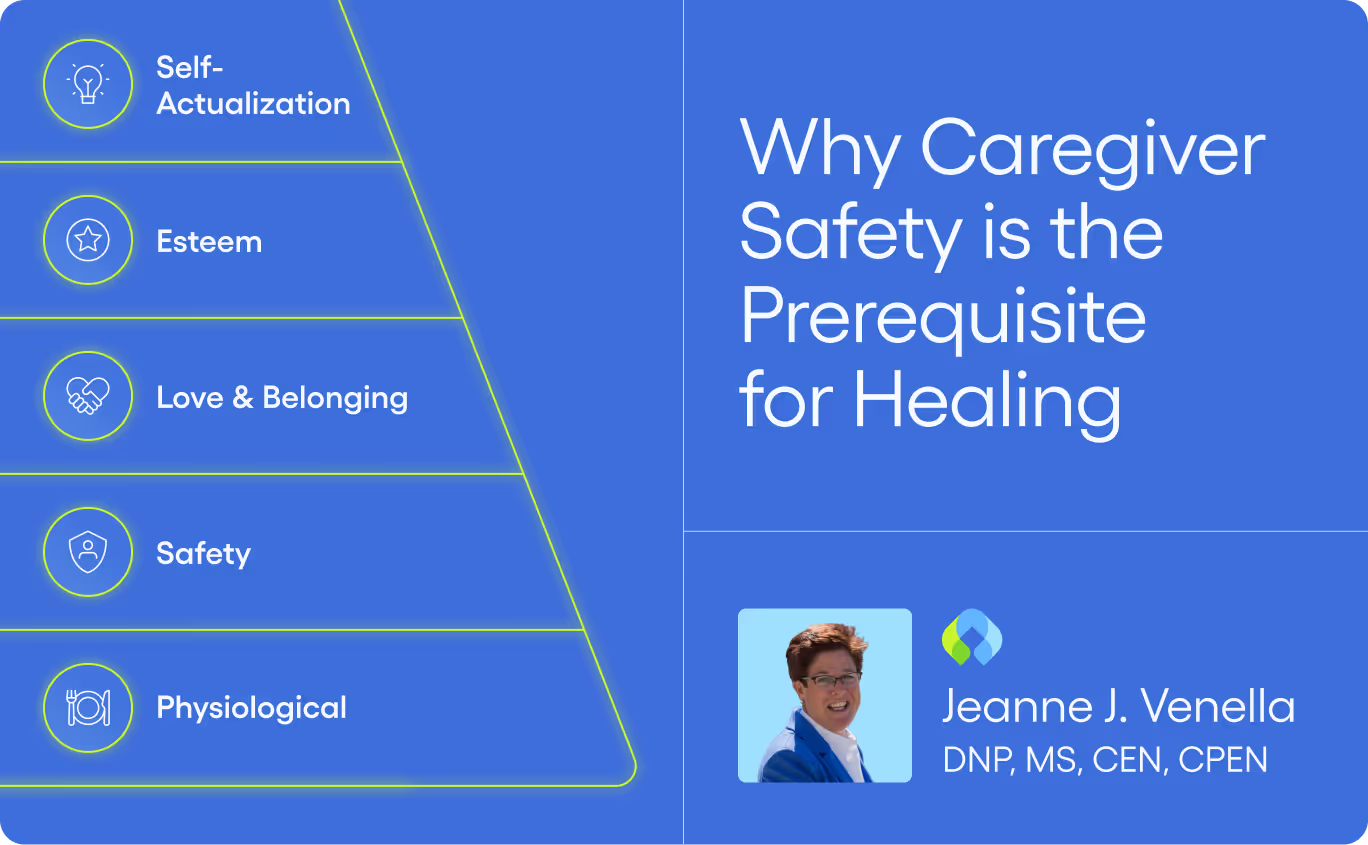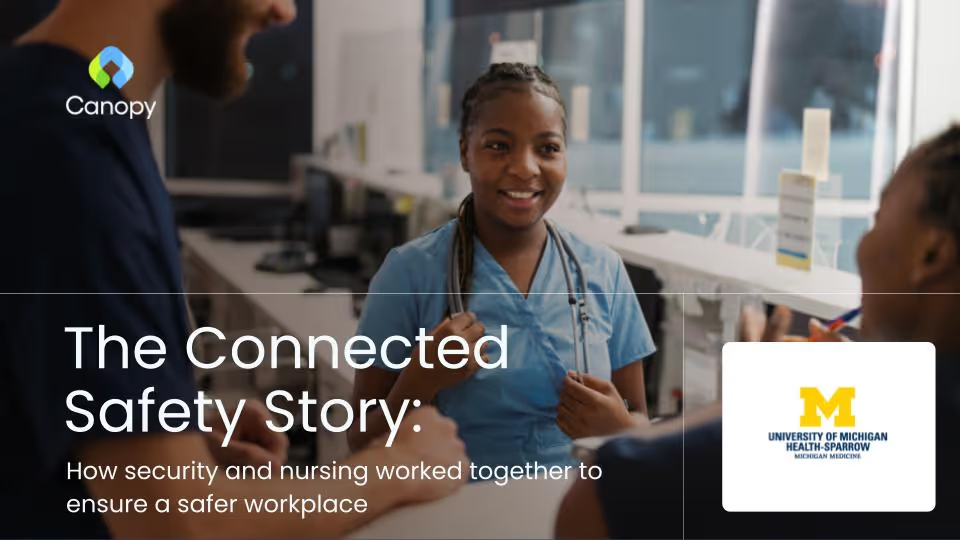The Invisible Threat to Patient Care
When we think of threats to patient outcomes, we often focus on clinical errors or equipment malfunctions. But a less-discussed, fundamental threat exists: the environment for the direct caregiver (including all frontline staff, nurses, technicians, and doctors). In today's healthcare settings, patient outcomes suffer because staff often feel unsafe. When a caregiver feels threatened or has a general loss of safety, they cannot provide excellent patient care.
The truth is simple: Safety isn’t optional—it’s physiological. It’s a prerequisite for optimal care.
The Assessment: Applying Maslow’s Hierarchy of Needs to Caregiver Safety
For decades, we’ve used Maslow’s Hierarchy of Needs to understand human motivation. If you are not familiar, the basic concept is that we must satisfy basic needs, like shelter and safety, before moving to higher ones. We can apply this same framework to understand and solve the crisis of workplace violence in healthcare.
Physiological Needs: Survival Mode vs. Healing Mode
When a violent incident occurs, survival mode activates: adrenaline spikes, the heart races, and focus narrows. A person in survival mode is reacting to a threat — your fight, flight, or freeze response takes over — rather than caring for a patient. Violence activates this survival mode, which is the antithesis of healing mode. Until this most basic level is secured, a caregiver cannot operate.
Safety Needs: Protection and Calm
The literal and psychological feeling of security is paramount. This level is met when staff have tools like a duress button within reach, are equipped with de-escalation training, and are supported by leadership that listens. When staff feel protected, patients feel calmer and safer, too.
Love & Belonging Needs: Culture of Care
Security is built by the system, but community is built by the team. This level means checking in after an incident and asking: “Are you okay?”. A culture of care begins with caring for each other. A supported team is a cohesive team.
Esteem Needs: Valued and Confident
To restore confidence and compassion, staff must feel valued. This is achieved through recognition for reporting incidents, respect for boundaries, and a policy of zero tolerance with full accountability. Feeling valued restores both confidence and compassion.
Self-Actualization Needs: The Pinnacle of Care
Once all foundational needs are met, the caregiver can finally reach their full potential. The nurse who feels safe can advocate, innovate, and lead. The safe team delivers excellence—because the distraction and paralysis of fear are no longer in the room.
The Plan: Protect the Caregiver, Elevate the Care
Safety is not just a policy document or an HR requirement; it is a prerequisite for healing. A clinical environment cannot be a place of healing until it is first a place of safety.
This is why a Canopy Staff Duress Button isn’t luxury tech—it’s psychological PPE. It is the essential tool that ensures the safety level of Maslow’s pyramid is consistently met, allowing your staff to move past survival mode and focus entirely on the excellence of patient care.
Don't wait to enhance your workplace safety!
Download our comprehensive Safety Gap Assessment today. This intuitive diagnostic tool helps you pinpoint your most critical vulnerabilities and build a compelling business case for integrating cutting-edge technology to significantly improve your organization's safety protocols.



